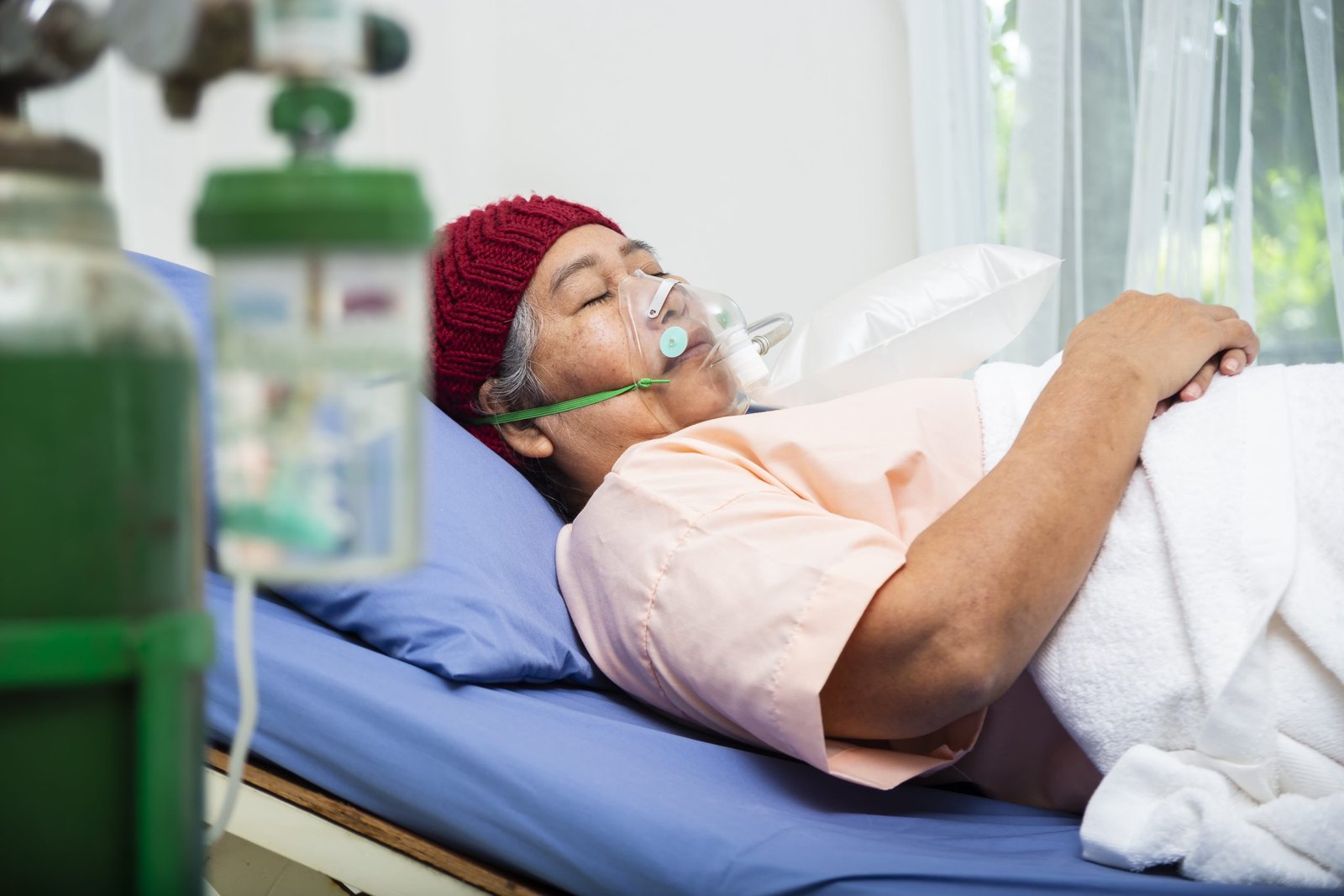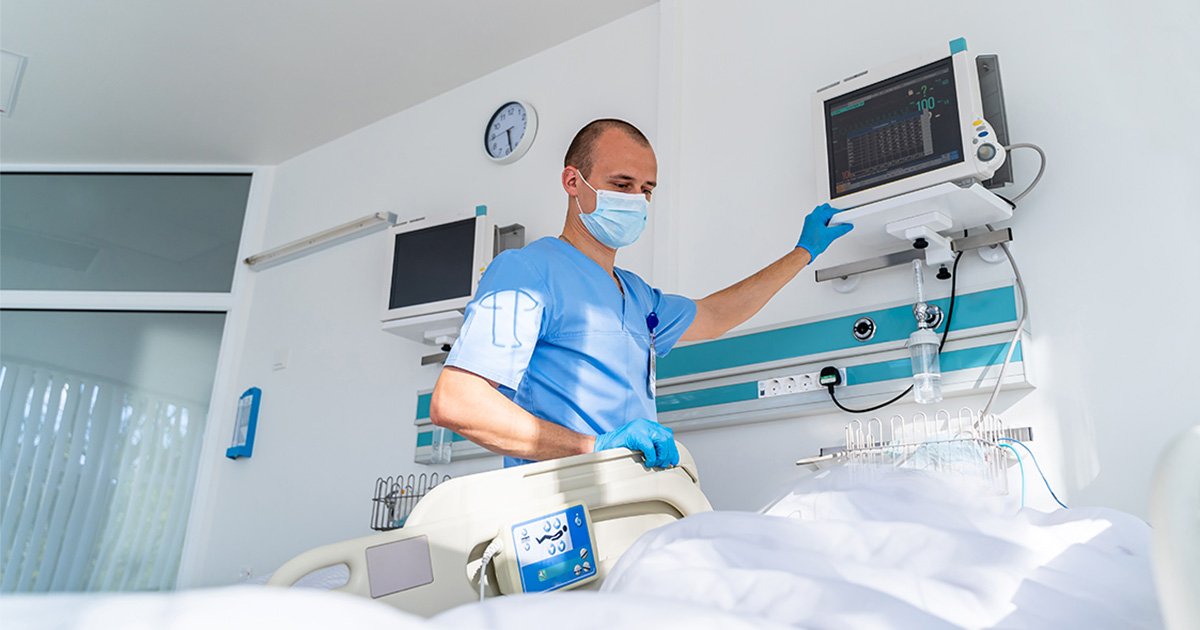In recent years, ICU care has seen remarkable advancements in technology, transforming how patients are monitored and treated during critical times. From innovative monitoring systems to life-saving devices, these technological breakthroughs are improving patient outcomes and providing better support to healthcare professionals. Let’s explore some of the top advances in ICU care technology.
Advanced Monitoring Systems
One of the most significant advancements in ICU care technology is the development of advanced monitoring systems. These systems provide real-time data on a patient’s vital signs, ensuring that healthcare providers can make informed decisions quickly.
Transitioning from basic monitoring, these systems often integrate with electronic health records (EHRs) to provide a comprehensive view of a patient’s condition. By continuously tracking heart rates, oxygen levels, and other critical data, healthcare teams can detect potential complications early.

Artificial Intelligence in Diagnostics
Artificial Intelligence (AI) has made significant strides in ICU care technology, especially in diagnostics. AI algorithms analyze large datasets, helping to predict patient outcomes and assist in diagnosing conditions faster.
Further, AI-powered tools assist in identifying patterns and anomalies that may go unnoticed by human observation alone. Transitioning from manual diagnostics, this technology streamlines processes and enhances the accuracy of diagnoses, leading to improved patient care.
Wearable Health Devices
Wearable technology has become increasingly popular in ICU settings, providing continuous monitoring of patients even outside traditional hospital environments. Devices such as smartwatches and wearable sensors help track essential health metrics like blood pressure, glucose levels, and sleep patterns.
Transitioning between hospital and home care, these devices enable seamless monitoring of patients post-discharge. This ensures that healthcare professionals can stay updated on patient progress and make necessary adjustments to treatment plans.
Telemedicine and Remote Monitoring
Telemedicine and remote monitoring have revolutionized ICU care by allowing healthcare professionals to monitor patients from a distance. Through secure video calls and remote monitoring systems, doctors can provide timely consultations and adjustments to treatment plans.
Additionally, this technology facilitates better collaboration among specialists, ensuring that patients receive a multidisciplinary approach to care. Transitioning from in-person visits, telemedicine bridges geographical gaps, making specialized care more accessible to patients worldwide.
Smart Ventilators and Life-Support Devices
Smart ventilators and other life-support devices have become integral to ICU care. These devices utilize advanced algorithms to adjust settings automatically based on patient needs, optimizing respiratory support for critically ill patients.
Transitioning from manual adjustments, smart ventilators reduce the risk of complications while enhancing the comfort and safety of patients. These innovations ensure a higher level of precision in maintaining vital functions.
Integrated ICU Workflows
ICU care technology advancements have led to more integrated workflows within hospital systems. From data collection to treatment delivery, these streamlined workflows reduce the chances of errors and improve efficiency.
Furthermore, integration between different hospital departments—nurses, doctors, and administrators—ensures smooth communication and better coordination in patient care. Transitioning between tasks, this technological integration minimizes disruptions and enhances overall workflow efficiency.
Conclusion
The top advances in ICU care technology are transforming how patients are monitored and treated. From advanced monitoring systems and AI diagnostics to wearable devices and telemedicine, these innovations are revolutionizing patient care. By embracing these technologies, healthcare providers can deliver more precise, efficient, and compassionate care, ultimately improving patient outcomes and experiences.











